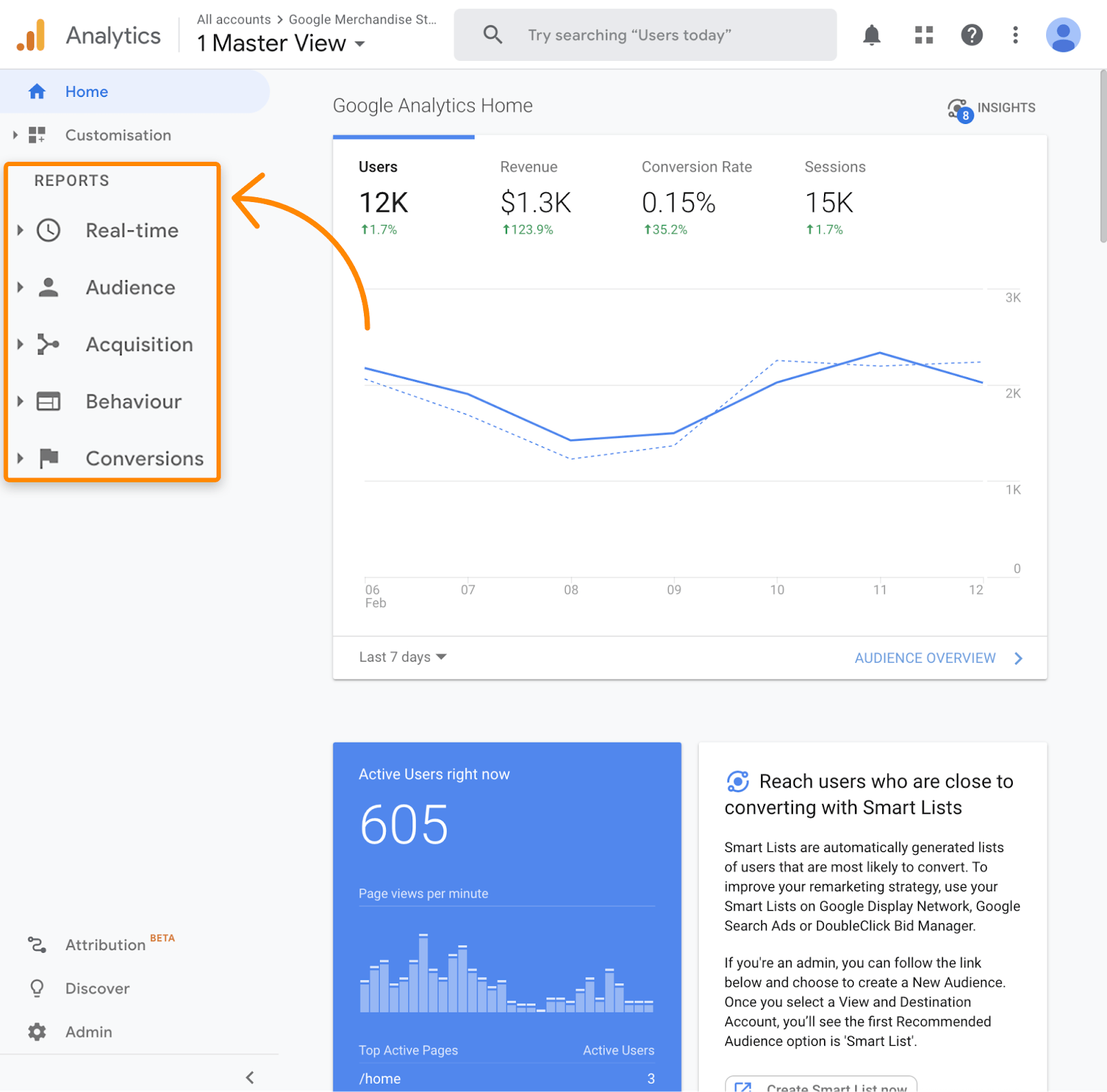Understanding Secondary Dimensions in Google Analytics: Meaning and Strategic Assimilation
Understanding Secondary Dimensions in Google Analytics: Meaning and Strategic Assimilation
Blog Article
Introducing the Effect of Second Dimension in Google Analytics on Data Evaluation and Insights
In the world of information analytics, the usage of secondary dimensions within Google Analytics has actually become an essential tool for drawing out deeper insights and unraveling complicated patterns that could or else stay obscured. By peeling off back the layers of main information collections, additional dimensions use a nuanced point of view that improves the understanding of user behavior, web site performance, and the efficiency of advertising strategies. The true influence and untapped potential of additional dimensions are commonly ignored, outweighed by the allure of primary metrics. As we browse through the complex landscape of information evaluation, the importance of second dimensions ends up being increasingly noticeable, dropping light on essential information that hold the key to informed decision-making and strategic optimizations.
Discovering the Concept of Secondary Measurements
Second dimensions in Google Analytics provide added insights by permitting users to evaluate main information in conjunction with a second characteristic. By incorporating second dimensions, individuals can dive deeper into the information and uncover useful correlations that might or else go unnoticed - what is a secondary dimension in google analytics.
By discovering the various secondary measurements readily available in Google Analytics, individuals can unlock new insights and maximize their electronic advertising efforts. In essence, second measurements offer as an effective device for improving information evaluation and driving workable outcomes.
Enhancing Information Interpretation With Additional Dimensions
Having developed the foundational understanding of second dimensions in Google Analytics and their crucial function in data analysis, the emphasis now changes towards leveraging these second attributes to enhance the interpretation of analytics data (what is a secondary dimension in google analytics). By incorporating second measurements into data analysis, experts can acquire deeper understandings right into customer habits, web site performance, and advertising effectiveness

In addition, second measurements assist in contextualizing primary data metrics by offering added layers of details. This contextualization help in recognizing the 'why' behind the data fads, assisting analysts make educated optimizations and decisions to boost general performance. Ultimately, incorporating secondary dimensions enriches the information interpretation procedure, resulting in more meaningful insights and tactical activities.
Discovering Hidden Insights Via Additional Dimensions
Checking out the depths of analytics data with additional measurements reveals useful insights that would certainly otherwise stay covered. By including additional measurements in Google Analytics, organizations can unearth surprise patterns, trends, and connections that supply an even more extensive understanding of customer behavior and internet site efficiency. These added layers of data enable experts to dive much deeper right into the primary dimensions, such as website traffic resources or landing web pages, and obtain a much more nuanced viewpoint on exactly how various variables communicate with each various other.
With his explanation the use of second measurements, analysts can segment and compare data across numerous dimensions, enabling them to identify specific variables that affect individual interaction, conversion rates, and total success metrics. By combining the main dimension of 'device category' with the secondary measurement of 'age team,' marketing experts can determine which age demographics choose accessing the website with mobile devices versus desktop computers.
Leveraging Additional Dimensions for Actionable Analytics
Structure upon the understandings revealed via additional measurements in Google Analytics, services can now harness this enriched information landscape to drive actionable analytics and strategic decision-making. By leveraging second dimensions, companies can dig deeper into their information to draw out valuable patterns, fads, and connections that might have previously gone unnoticed. This much deeper level of evaluation allows companies to obtain a more thorough understanding of individual habits, campaign performance, and general website efficiency.
One trick advantage of making use of go to website additional measurements for workable analytics is the ability to section data based upon particular standards. This division allows organizations to customize their techniques and campaigns to various audience teams, bring about more targeted and efficient marketing initiatives - what is a secondary dimension in google analytics. Additionally, secondary dimensions supply an even more holistic view of individual communications, making it possible for services to optimize their site web content, layout, and total customer experience
Maximizing Decision-Making With Additional Measurements
To boost strategic decision-making in analytics, leveraging secondary dimensions in Google Analytics can offer a more nuanced point of view on customer actions and project performance. By incorporating secondary measurements into information analysis, services can dig deeper into the specifics of their site visitors' interactions and engagement patterns. This extra layer of info allows for a much more thorough understanding of just how different variables, such as demographics, devices, or web traffic sources, effect key efficiency indicators.

Conclusion
Finally, using second dimensions in Google Analytics plays an important duty in enhancing data analysis and uncovering covert understandings. By discovering this idea, one can get a deeper understanding of individual habits and make informed decisions based upon actionable analytics. Leveraging second measurements permits a more detailed analysis of data and makes the most of the effectiveness of decision-making processes.

Report this page